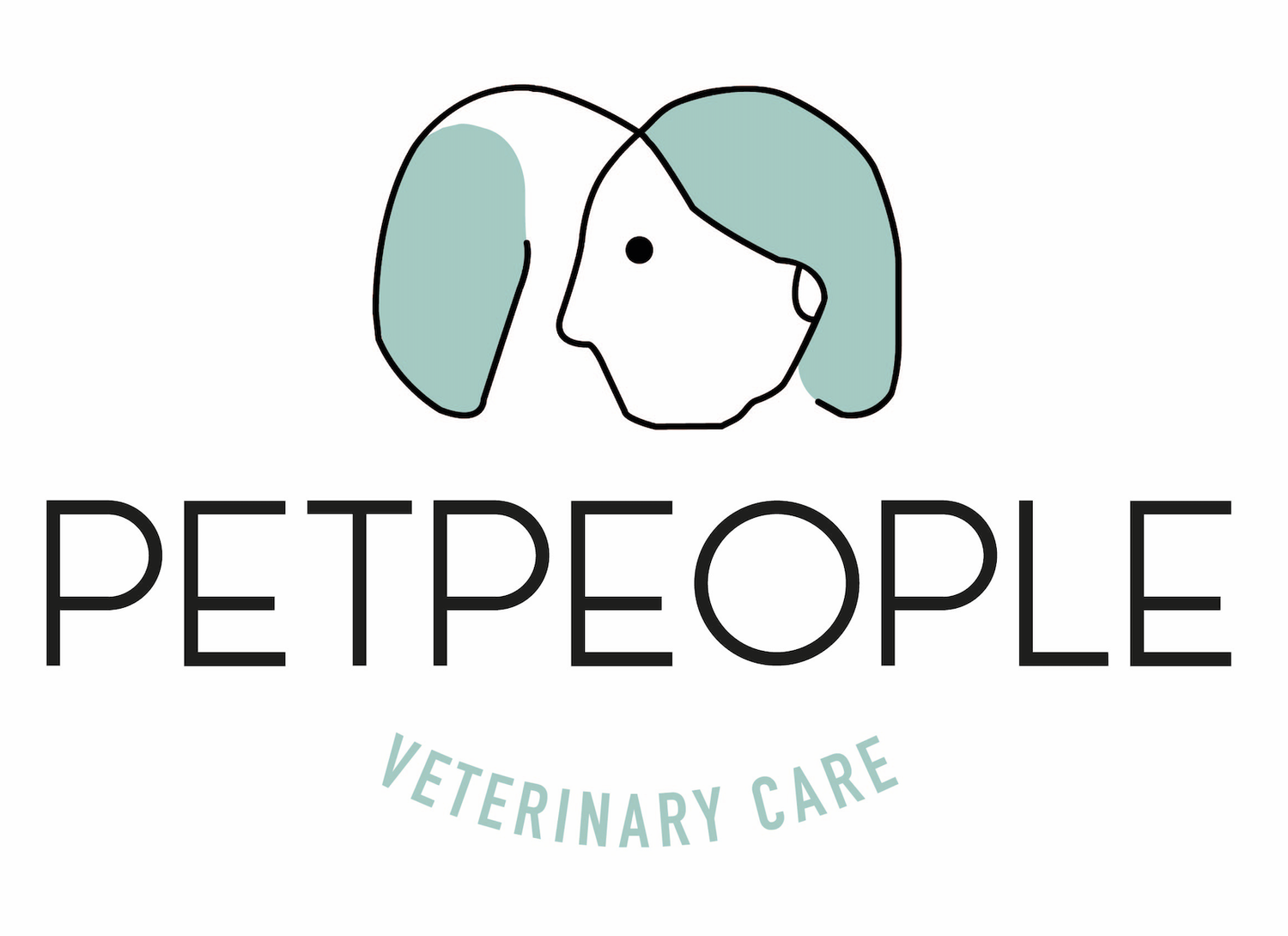Keeping an Eye on the Signs- Brachycephalic Ocular Syndrome
What is Brachycephalic Ocular Syndrome (BOS)?
Eye problems are often painful and, if left untreated, may result in sight loss. That’s why understanding the symptoms and getting a vet appointment early is essential. Eye problems can also be a symptom of underlying medical conditions, so the quicker you can see your vet, the better. This year is TVM’s third National Pet Eye Health Awareness Week (19th – 25th September 2022) with the aim of helping pet owners recognise common eye problems, and understand what they should do about them.
Brachycephalic breeds are those with short noses and flat faces. This includes dogs such as; Pugs, French Bulldogs, Shih Tzus, Boston Terriers, English Bulldogs, Cavalier King Charles Spaniels, and Boxers; and Persian and Exotic/British Shorthair cats. Brachycephalic breeds are often predisposed to eye problems and may have several issues concurrently, hence the term ‘brachycephalic ocular syndrome’. Awareness of the common eye problems these pets may develop allows early recognition and prompt intervention, to promote optimal eye health for your pet.
Common Signs To look out for:
Dry Eyes
Dry eye (also known as keratoconjunctivitis sicca or ‘KCS’) occurs when there is an insufficient and/or a poor-quality tear film. An optimal tear film is vital for keeping eyes lubricated and healthy. In the initial stages of the disease, your pet may experience recurrent bouts of sore, itchy eyes with sticky grey-yellow or crusty discharge. Corneal ulcers and chronic corneal changes, such as pigmentation, may develop later on and can impair vision if left untreated. You may find that your pet appears to be squinting more or getting excessive ‘gunk’ round their eyes.
Corneal Ulceration
As part of their genetic make-up, Brachycephalic breeds have protruding eyes making them more exposed to the elements, which can lead to dryness, damage and irritation. Corneal ulceration (where the surface of the eye is ‘wounded’) is a common resulting complaint in brachycephalic breeds. Symptoms of a corneal ulcer include;
Irritation
Blinking/winking
Redness, cloudy and/or watery eye
Corneal ulcers are very painful and can rapidly deepen (known as ‘melting’), which can cause permanent blindness; brachycephalic breeds possess an increased risk of corneal melting, so need to be treated with even more care and attention
Tear Overflow and Staining
Due to the flat-face and abnormal eyelid anatomy seen in many brachycephalic breeds, tears may not drain effectively, and therefore may overflow onto the face. Tears contain porphyrin pigments that turn brown on the coat, resulting in unsightly ‘tear staining’. This can also be seen in breeds such as poodles and Shih Tzu’s.
What can be done to help improve your pet’s eye health...
Regular Vet Examinations
It is recommended to perform ocular screening examinations at least every 12 months in at-risk breeds (such as brachycephalic pets). Your vet may decide to coincide these with annual health checks performed at booster vaccinations Screening examinations will help to identify any anatomical problems that may require surgical intervention, test tear film production and look for any active problems (e.g., ulceration, infection, inflammation). Animals on our Family Health Plan can enjoy unlimited consultations so you can get your dog’s eyes checked any time!
Keeping Eyes Clean
To keep eyes clean, remove any debris or discharge that builds up around your pet’s eyes (or in the skin folds that sit nearby). This reduces tear staining and minimises the likelihood of infections developing. Performing this as part of your pet’s daily hygiene routine provides you with an opportunity to promptly identify any changes or problems with your pet’s eyes, so that you can alert your vet and seek treatment early on. It is important to use a cleaner that is safe to use in and around the eye.
Lubrication
Regular eye lubrication should be implemented as part of any brachycephalic pet’s daily routine, to help support eye health. This is also a good way to get your pet used to having eye drops administered, as many brachycephalic pets will, unfortunately, develop eye problems during their lifetime that require the administration of eye medication. Lubrication is especially important if your pet is admitted to hospital, as sedative and anaesthetic drugs can lower tear production before and during a procedure, and even for several days afterwards.



